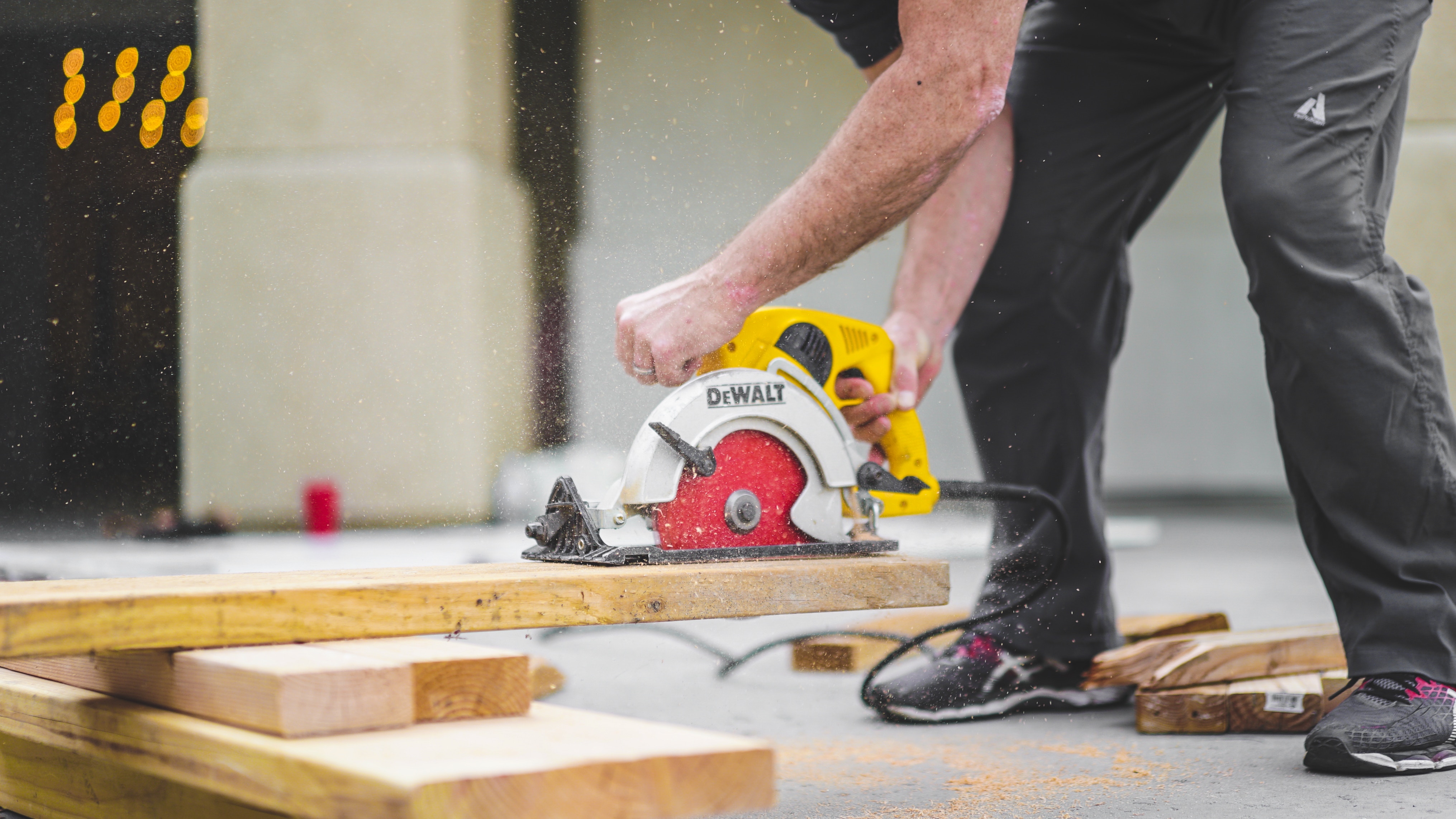The Internal Revenue Service recently clarified the effects of the Tax Cuts and Jobs Act of 2017 on Home Equity Lines of Credit (HELOC). The law allows deductions on HELOCS and all home equity indebtedness “used to buy, build or substantially improve the home.”
The IRS went on to specify that, “under the new law, interest on a [HELOC] used to build an addition to an existing home is typically deductible, while interest on the same loan used to pay personal living expenses, such as credit card debts, is not,” Pro Remodeler Magazine reports. Randy Noel, chairman of the National Association for Home Builders says, “This is a major victory for remodelers and for home owners who want to invest in their homes. [We have] been pushing hard for this outcome since December."
But not every question has been answered—like: what the hell does “substantial” mean? The IRS certainly didn’t define the word in its statement, and as of the writing of this article, hasn’t responded to Pro Remodeler’s request for comment. “Currently, what the IRS sees as a substantial improvement is: something that adds value to the home; prolongs your home’s use for life; or adapts your home for new uses,” says J.P. Delmore, NAHB’s assistant vice president for government affairs. “The only clearly prohibited work on the regulation right now is repairs.”











